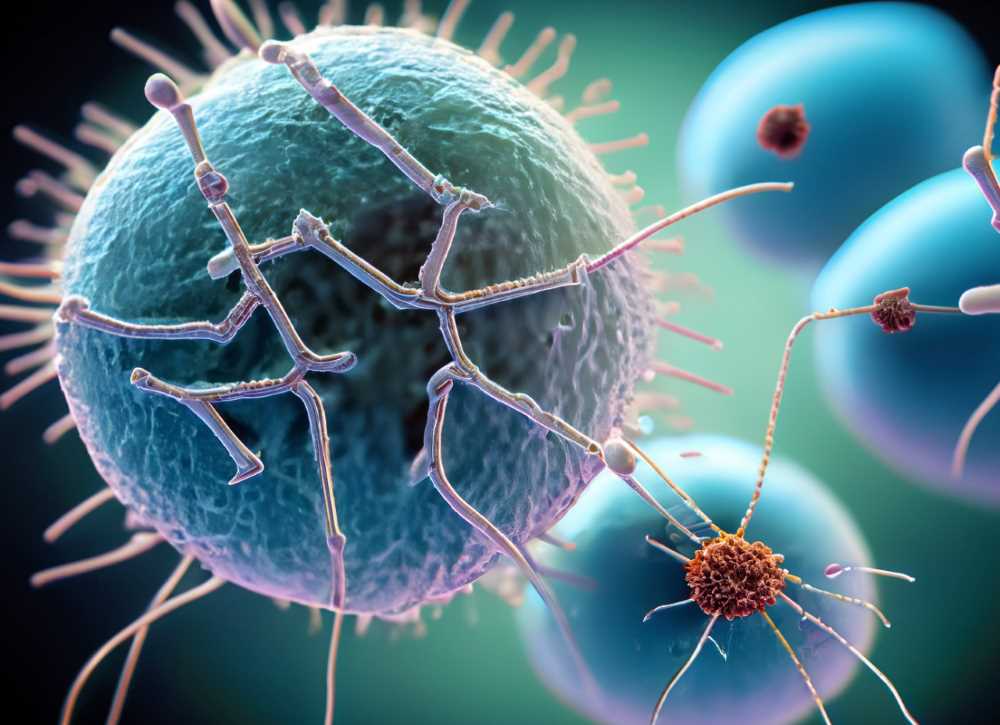Bacteriophages: Nature's Tiny Ninjas vs. Superbugs
The rising menace of antibiotic-resistant bacteria has propelled scientists to explore bacteriophages (phages) as a solution. These microscopic predators infiltrate and destroy bacteria. Originating over a century ago, phage research offers hope against formidable bacterial adversaries.

The growing concern of antibiotic-resistant bacteria, responsible for nearly a million deaths annually, has shifted the spotlight to a promising avenue of research: bacteriophages, or simply phages. As the world grapples with superbugs that defy our most potent drugs, scientists from UNAM are diving deep into the microscopic world to harness these bacterial predators.
The Biological Dynamics of Phages
Bacteriophages, as expounded by Víctor Manuel González Zúñiga, a researcher at the Genomic Sciences Center (CCG), are adept bacteria killers. These minuscule entities, sized mere nanometers, infiltrate bacterial cells and introduce their DNA. Upon replication, they produce thousands of offspring inside the bacterial cell, eventually annihilating it.




